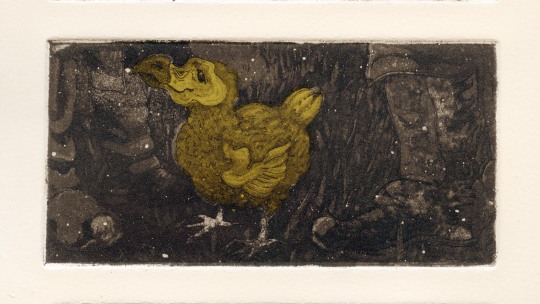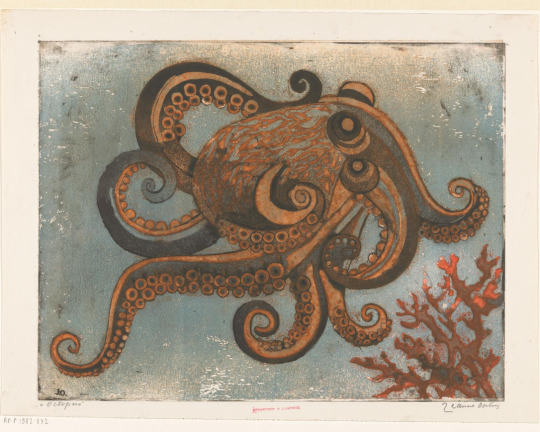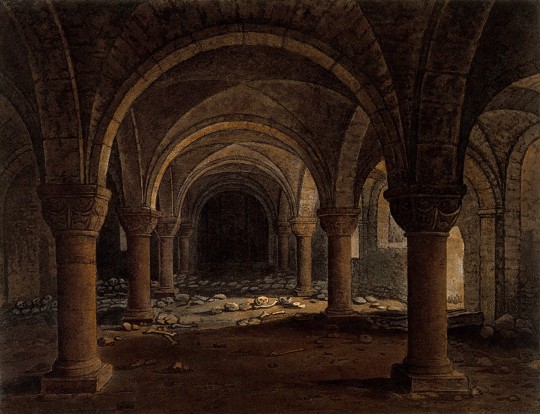#aquatint
Explore tagged Tumblr posts
Text

Augustus Charles Pugin, Ackermann's Room in the Strand, 1809, aquatint.
#Augustus Charles Pugin#ackermann#Ackermann's 'Repository of Arts'#art shop#the strand#london#aquatint#etching#drawing#19th century art#19th century#art#interior design#interior#period design#shop interior#regency#regency period#historical dress#period fashion#english art#english artist#art history#history#period interior#english interior#decorative arts#1810s#1800s
30 notes
·
View notes
Text

Jan Rembowski (1879–1923) - Fighting the Dragon (Killing the Beast), 1909
#jan rembowski#fighting the dragon#fin de siècle#symbolism#monsters#art nouveau#dark art#art#illustration#aquatint#etching
1K notes
·
View notes
Text



I sang all night, the moon shon on me through the trees.
No brothers left, there'll be no more after me.
#intaglio#aquatint#thylacine#dodo#golden toad#chine colle#artists on tumblr#the mountain goats#life of the world to come#color#actually made this a while ago and didnt post it oops#i'll post the line drawings soon probably
1K notes
·
View notes
Text

Jeanne Bieruma Oosting (Dutch, 1898–1994) Octopus, c. 1960 Relief etching, aquatint print; H 334 x W 434 mm Rijksmuseum RP-P-1982-872
#animals in art#20th century art#european art#octopus#Dutch art#print#sea creatures#ocean life#mollusk#mollusc#cephalopod#Jeanne Bieruma Oosting#women artists#1960s#Rijksmuseum#etching#aquatint
949 notes
·
View notes
Text
I am Jack's aquatint.

#my art#my post#art#aquatint#art print#print#fight club#fight club 1999#fight club narrator#tyler durden#tyler fight club
520 notes
·
View notes
Text

Tavik Frantisek Simon, The New York Public Library, 1920s. Etching and aquatint on paper.
Photo: Wikimedia Commons
#vintage New York#1920s#NY Public Library#Tavik Frantisek Simon#etching#aquatint#snow scene#NYPL snow#42nd St. Library#NYC art
247 notes
·
View notes
Text

59Th And Fifth, 1936. Samuel L. Margolies. Etching and aquatint.
301 notes
·
View notes
Text

James Gillray (1756-1815), 'The Powerful Arm of Providence: An Allegorical Print, Applicable to the Year 1831', 1800 "Satire: Providence dropping her flowers on England, at end of rainbow, with storm raging in sky and 'cosmic' hand reaching out from behind cloud to crush solar system" Source
279 notes
·
View notes
Text

Mio Asahi (Japanese, b. 1956)
Town Where Angels Live
Etching and aquatint
514 notes
·
View notes
Text

Marcin Bialas, Looking for a Forgotten Dream II, 2017
211 notes
·
View notes
Text

Käthe Kollwitz
“From many wounds you bleed, oh people” (1893-1897)
550 notes
·
View notes
Text

Guntars Sietiņš — "Characters VI. Infinity" (mezzotint, aquatint, paper, 2008]
107 notes
·
View notes
Text

Akseli Gallen-Kallela (1865–1931) - Rails, 1897
#akseli gallen kallela#rails#19th century art#19th century#symbolism#gothic#macabre#dark art#art#illustration#aquatint#etching
2K notes
·
View notes
Text

#art#drawing#aquatint#st. peter oxford#crypt#skull and bones#coloured aquatint#j. bluck#frederick nash#crypt in st. peter in the east 1813#illustration#architecture#goth#gothic
669 notes
·
View notes
Text

Hans Bellmer Le Bon sens, 1964 Color etching and aquatint.
73 notes
·
View notes
Text
I’ve started using aquatint in printmaking and I absolutely love it. I can get so much variety in shades and I’ve been meticulous enough with the edges that I don’t even need the lineart in some areas.


#this is definitely my favorite class#the last unicorn#unicorn#dunmeshi#delicious in dungeon#dungeon meshi#marcille donato#printmaking#aquatint#art#mine#lilac speaks
68 notes
·
View notes